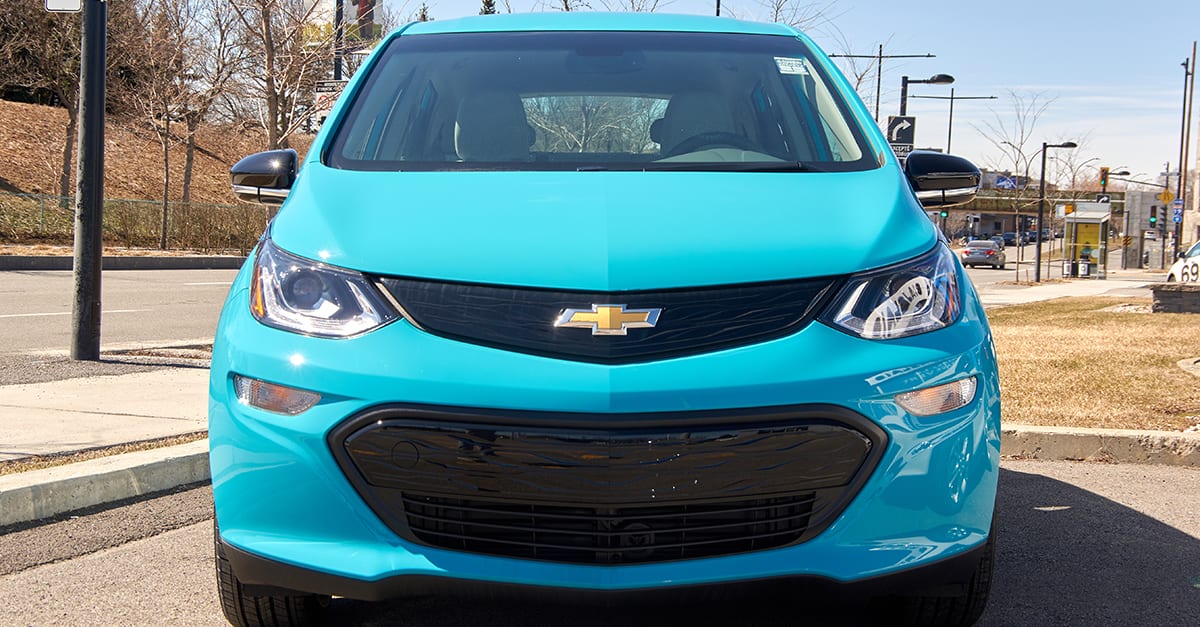Currently, US manufacturers lag the rest of the world on the electric front, but a renewed commitment to solo rules could help them catch up with other global automakers.

General Motors is ending its fight to nullify California’s strict fuel economy rules. The announcement last month by CEO Mary Barra that GM was no longer backing the Trump administration’s fight to prevent the state from setting its own fuel emissions standards earned praise from some experts for her ability to pivot to a new strategy. But how new is it?
“Nothing changed,” in fact, says Carla Bailo, president of the Center for Automotive Research in Ann Arbor, Michigan. All along, GM has pushed for a 50 state standard.” Barra was the first of the Big 3 bosses in Detroit to meet with president-elect Joe Biden, who convinced her that carmakers will now be able “to better negotiate with all parties involved,” namely Washington and the 50 states. Conclusion: the 50-state standard is back on the table.
Still, why did GM, along with Toyota and Fiat Chrysler, join the legal fight in the first place? The answer traces back to the tension between GM and the administration during Trump’s early days in office. The automaker was closing plants in the U.S., and the president was denouncing it via furious tweets.
“The safest pathway to stay on the amiable side of Washington politics was to fight California,” Carla Bailo argues. Ford, which at the same time announced new U.S. investments, was therefore in a better position and could negotiate with California for a new fuel economy rule without risking the president’s ire.
Now that Biden is preparing to return to stricter Obama-era fuel standards, GM may openly pursue its electric vehicles strategy. The manufacturer recently committed to spend $27 billion on EVs; for the first time, these expenditures will exceed its investment in petroleum-based vehicles.
GM could do so knowing that a 50-state model would save it money. When carmakers have two different CAFE (Corporate Average Fuel Economy) standards to follow, they are obliged to develop different engines, different hybrids, and different manufacturing methods. With only one standard, ““complexity goes down,” says Bailo, reducing costs.
The development of a new vehicle has always been a major expense, ranging from $600 million for a small car to $1 billion for a pickup truck. But the new platforms, or basic structural designs, created for EVs, called “skateboards,” may be standardized. Sedans and crossovers will use identical battery and chassis components. This serves to bring down the overall expense.
Currently, US manufacturers lag the rest of the world on the electric front, but a renewed commitment to solo rules could help them catch up with other global automakers.



